Learn the difference between high-performance car brakes vs stock. Discover which offers better-stopping power and safety for your vehicle.
High-performance car brakes are designed to deliver exceptional stopping power, durability, and heat resistance. Stock brakes, while adequate for everyday driving, may not offer the same level of performance under stress. High-performance brakes use advanced materials and engineering to handle high speeds and aggressive driving.
These brakes improve safety by reducing stopping distances and increasing control. Car enthusiasts and those who drive in demanding conditions often upgrade to high-performance brakes for these benefits. Although more expensive, the investment in high-performance brakes can be worthwhile for enhanced safety and driving experience. Understanding the differences can help you make an informed decision.
Basics Of Car Brakes
Car brakes are crucial for safety. They slow down or stop the car. Understanding the basics can help make informed decisions. Let’s explore how brakes work and the types of brake systems.
How Brakes Work
Brakes work by converting kinetic energy into heat. When you press the brake pedal, a series of actions occur. This involves the brake pads pressing against the rotors. The friction slows the car down. This process is vital for controlling the vehicle’s speed.
Types Of Brake Systems
There are different types of brake systems. Each has unique features and benefits. Here are the main types:
- Disc Brakes: Common in modern cars. They use a rotor and caliper.
- Drum Brakes: Often found in older cars. They use a drum and brake shoes.
- Anti-lock Braking System (ABS): Prevents wheels from locking up. Enhances control during hard braking.
Both disc and drum brakes have their pros and cons. Disc brakes offer better performance and cooling. Drum brakes are cheaper but less efficient.
| Brake Type | Advantages | Disadvantages |
|---|---|---|
| Disc Brakes | Better performance, Efficient cooling | Higher cost |
| Drum Brakes | Lower cost | Less efficient, Poor cooling |
Choosing the right brake system depends on your needs. High-performance cars often use advanced systems. Stock cars usually come with standard brakes.
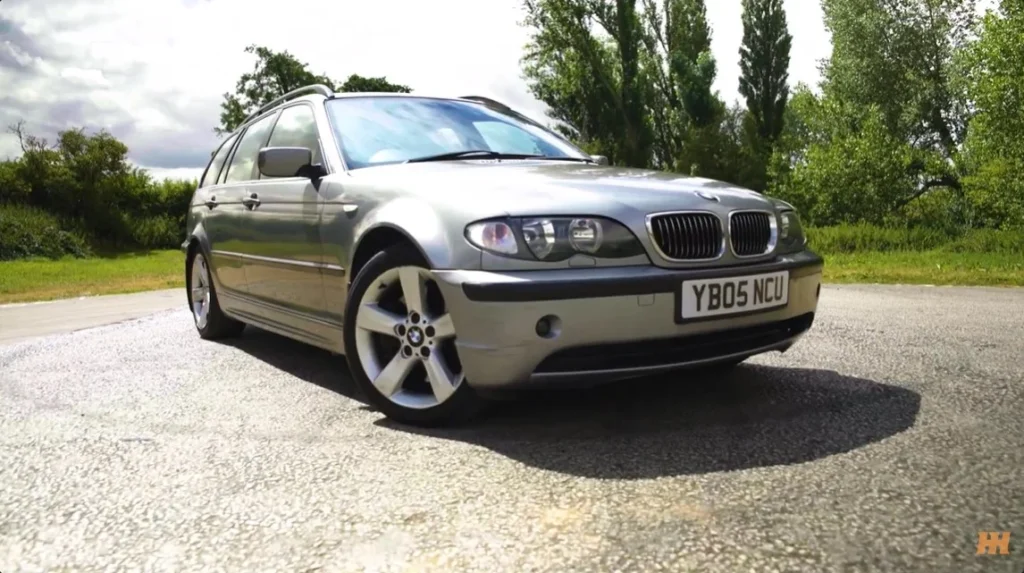
High-performance Brakes
High-performance brakes offer significant advantages over stock brakes. These specialized brakes are designed for enhanced stopping power and durability. Car enthusiasts often upgrade to high-performance brakes for better control and safety.
Features And Benefits
High-performance brakes provide several key features and benefits. These features make them a popular choice for car enthusiasts:
- Improved Stopping Power: High-performance brakes can reduce stopping distances.
- Enhanced Heat Dissipation: They handle heat better, preventing brake fade.
- Greater Durability: These brakes last longer than stock brakes.
- Better Modulation: Drivers can better control braking force.
- Reduced Weight: Lightweight materials improve overall vehicle performance.
Common Materials Used
High-performance brakes use advanced materials for optimal performance. Here are some common materials:
| Material | Properties |
|---|---|
| Ceramic | High heat resistance, low dust, and long-lasting. |
| Carbon Fiber | Lightweight, strong, and excellent heat dissipation. |
| Steel | Durable and cost-effective, but heavier. |
| Kevlar | High strength, lightweight, and good heat resistance. |
Each material offers unique benefits. Ceramic brakes are popular for daily use. Carbon fiber brakes are ideal for racing. Steel brakes are budget-friendly but heavier. Kevlar brakes combine strength and lightness.
Car Stock Brakes
Stock brakes are what comes with your car from the factory. They are designed to handle normal driving conditions and meet standard safety regulations. Though they are reliable, they are not meant for high-performance driving.
Standard Features
Stock brakes usually have the following features:
- Durability: Designed to last for regular driving.
- Cost-effective: Affordable replacement parts.
- Safety: Meet basic safety standards.
- Compatibility: Fit perfectly with your car’s original design.
Typical Applications
Stock brakes are suitable for:
- Daily commuting: Ideal for city and highway driving.
- Family cars: Perfect for vehicles used by families.
- Light loads: Works well with cars carrying light cargo.
Here is a table summarizing the key aspects of stock brakes:
| Feature | Description |
|---|---|
| Durability | Lasts longer than normal driving |
| Cost-effective | Affordable parts and maintenance |
| Safety | Meets basic safety standards |
| Compatibility | Fits the original car design |
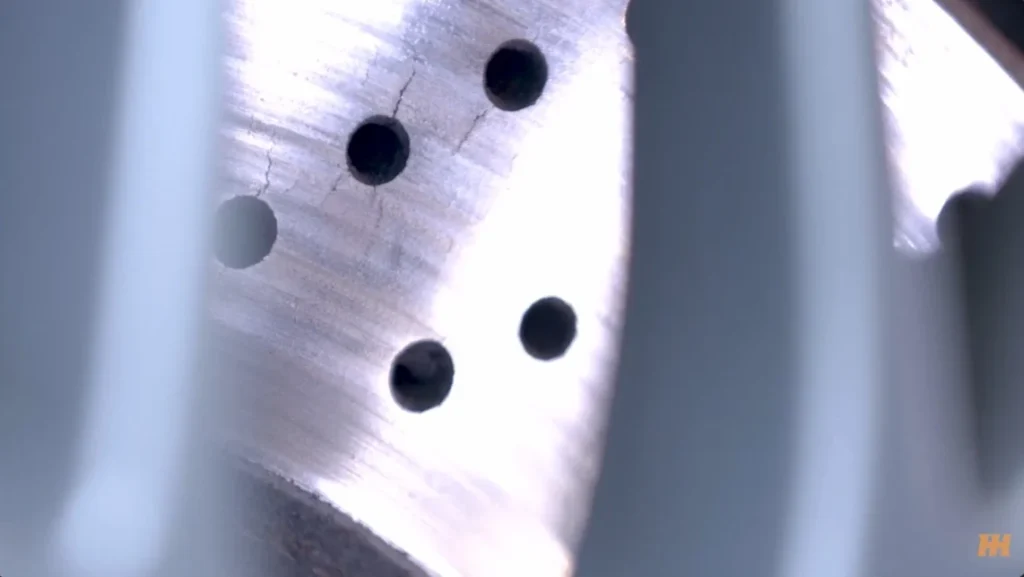
Performance Car Brakes and Stock Braeks Comparison
High-performance car brakes and stock brakes differ significantly in performance. This comparison will help you understand the key differences. We will focus on two main aspects: stopping power and heat dissipation.
Stopping Power
Stopping power is crucial for car safety. High-performance brakes are designed to stop faster. They use superior materials like carbon-ceramic. These materials provide better friction. Better friction means shorter stopping distances.
Stock brakes use standard materials. They are suitable for everyday driving. But they may not perform well under extreme conditions. High-performance brakes excel in demanding situations.
| Brake Type | Stopping Power |
|---|---|
| High-Performance Brakes | Excellent |
| Stock Brakes | Adequate |
Heat Dissipation
Heat dissipation is vital for brake performance. High-performance brakes manage heat better. They use advanced designs and materials. This ensures they stay cool during heavy use.
Stock brakes can overheat quickly. Overheating reduces brake efficiency. It also increases wear and tear. High-performance brakes last longer due to better heat management.
- High-performance brakes stay cool under pressure.
- Stock brakes may overheat easily.
- Better heat dissipation means longer brake life.
Car Brake Systems Durability And Longevity
The durability and longevity of car brakes are critical. High-performance brakes and stock brakes offer different benefits. Knowing these differences helps make an informed choice.
Wear And Tear
High-performance brakes are built to handle extreme conditions. This makes them more resistant to wear and tear. They use advanced materials like carbon ceramic or slotted rotors. These materials provide better heat dissipation and resistance to warping.
Stock brakes are generally made from cast iron or steel. These materials are more prone to wear under high-stress conditions. They may warp or crack more quickly than high-performance brakes.
Maintenance Requirements
High-performance brakes may need more frequent inspections. This is due to their specialized materials and usage. Regular checks ensure they perform at their peak.
Stock brakes require less frequent maintenance. They are designed for everyday driving. However, they still need regular checks to ensure safety.
Below is a table comparing maintenance requirements for both types of brakes:
| Feature | High-Performance Brakes | Stock Brakes |
|---|---|---|
| Material | Advanced (carbon-ceramic, slotted rotors) | Cast iron, steel |
| Heat Dissipation | High | Moderate |
| Warp Resistance | High | Low |
| Inspection Frequency | High | Moderate |
Understanding the differences in durability and maintenance helps in choosing the right brakes.

Car Brakes and Stock Brakes Cost Analysis
The cost implications of High-Performance Car Brakes versus Stock Brakes are crucial for making an informed decision. This section will break down the initial investment and long-term costs associated with both options.
Initial Investment
High-Performance Car Brakes typically come with a higher price tag. These brakes are designed for better performance and durability. The materials used are often more advanced and costly.
Stock Brakes are generally less expensive. They are mass-produced and made from basic materials. This makes them more affordable for everyday use.
| Brake Type | Average Cost |
|---|---|
| High-Performance Brakes | $800 – $1200 |
| Stock Brakes | $300 – $500 |
Long-term Costs
High-Performance Car Brakes offer better longevity. They need less frequent replacements, reducing long-term costs. Enhanced performance means fewer chances of brake failure, saving repair costs.
Stock Brakes may require more frequent replacements. This leads to higher cumulative costs over time. Routine maintenance can also add to the expenses.
- High-Performance Brakes: Lower replacement frequency, fewer repairs.
- Stock Brakes: Higher replacement frequency, more maintenance.
Choosing the right brake type depends on your needs and budget. Consider both the initial investment and long-term costs for a balanced decision.
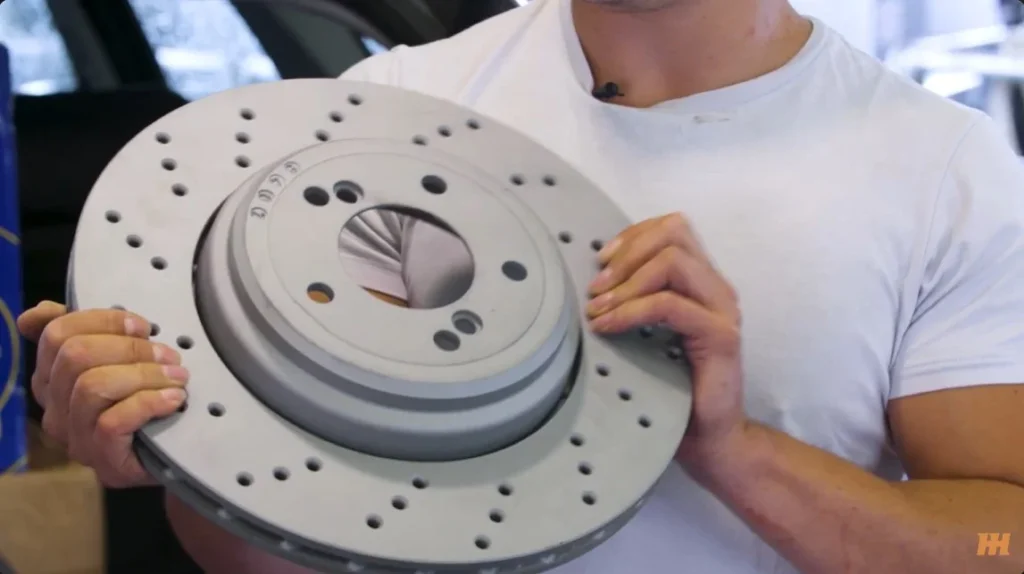
Suitability For Different Drivers
Choosing between high-performance car brakes and stock brakes depends on your driving needs. Different drivers have different requirements. Understanding these can help you make the best decision.
Daily Commuters
For daily commuters, stock brakes are usually sufficient. These brakes are designed for regular driving conditions. They offer a balance between performance and longevity. Stock brakes are also more affordable than high-performance options.
Daily drivers need reliability and cost-effectiveness. Stock brakes provide a smooth and quiet braking experience. They require less maintenance and are easy to replace. For city driving and highway cruising, stock brakes are ideal.
High-performance Enthusiasts
High-performance enthusiasts demand more from their brakes. High-performance brakes provide better stopping power and heat resistance. They are designed for aggressive driving and racing conditions.
These brakes use advanced materials like carbon ceramic or slotted rotors. They offer superior performance but at a higher cost. High-performance brakes also require more frequent maintenance. For track days and spirited driving, these brakes excel.
| Feature | Stock Brakes | High-Performance Brakes |
|---|---|---|
| Cost | Lower | Higher |
| Maintenance | Less frequent | More frequent |
| Performance | Good for daily use | Superior, especially under stress |
| Materials | Standard | Advanced (e.g., carbon-ceramic) |
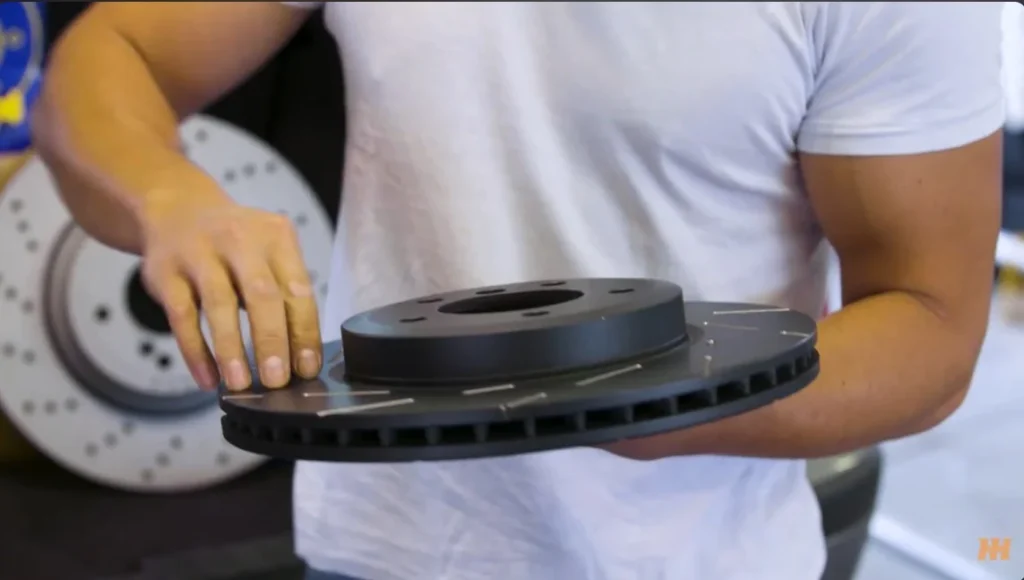
Frequently Asked Questions
What Are High-Performance Car Brakes?
High-performance car brakes offer enhanced stopping power and better heat dissipation, ideal for high-speed driving and racing.
How Do Stock Brakes Differ?
Stock brakes are designed for everyday use, providing reliable stopping power for regular driving conditions, not for extreme performance.
Are High-performance Brakes Worth It?
For enthusiasts and racers, high-performance brakes offer better control and safety, making them worth the investment.
Can I Install High-performance Brakes Myself?
It is possible but requires mechanical skill. Professional installation is recommended to ensure optimal performance and safety.
Do High-Performance Brakes Last Longer?
High-performance brakes can last longer under extreme conditions, but their lifespan varies based on usage and maintenance.
Are High-performance Brakes Noisy?
They can be noisier than stock brakes due to their materials and design, but proper installation can minimize noise.
Conclusion
Choosing high-performance car brakes can drastically improve your vehicle’s safety and handling. Stock brakes might suffice for everyday driving, but high-performance options offer superior control. Evaluate your driving needs and opt for the best brake system. Investing in quality brakes ensures safety and enhances your driving experience.
Choose wisely for peace of mind.
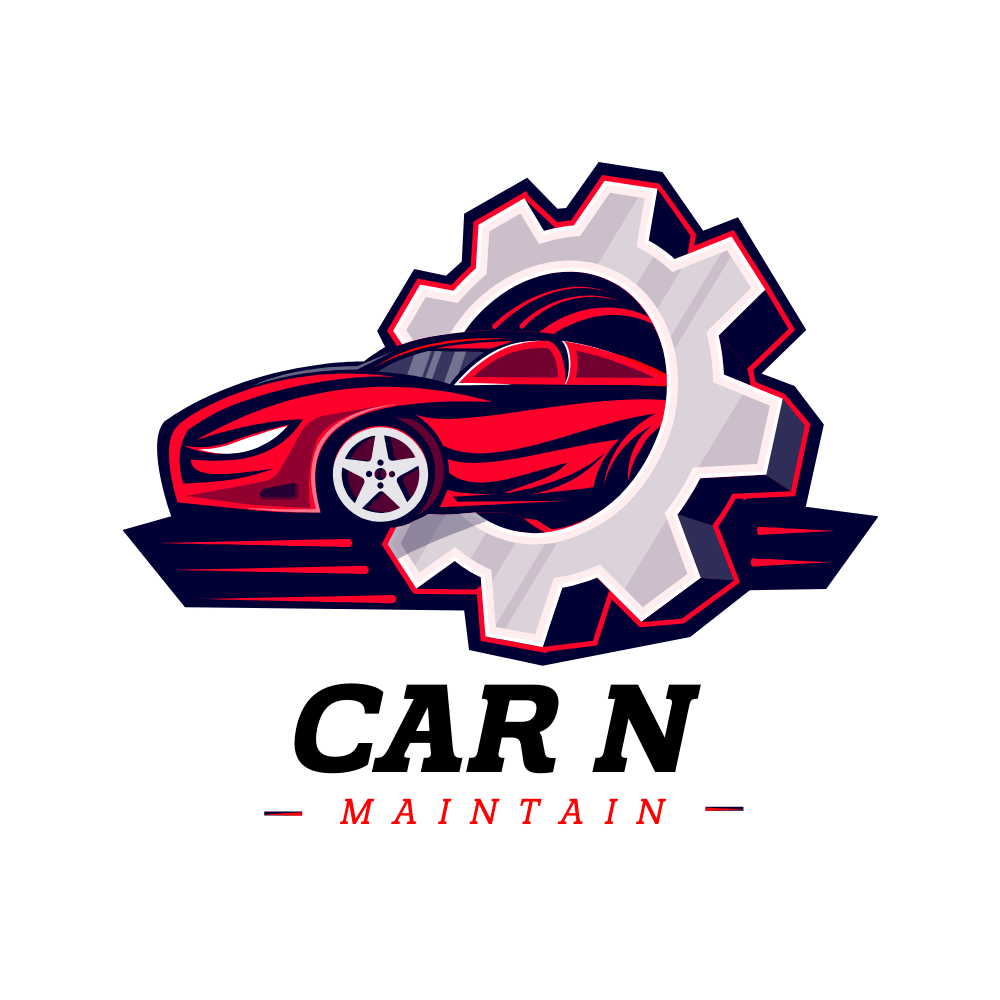
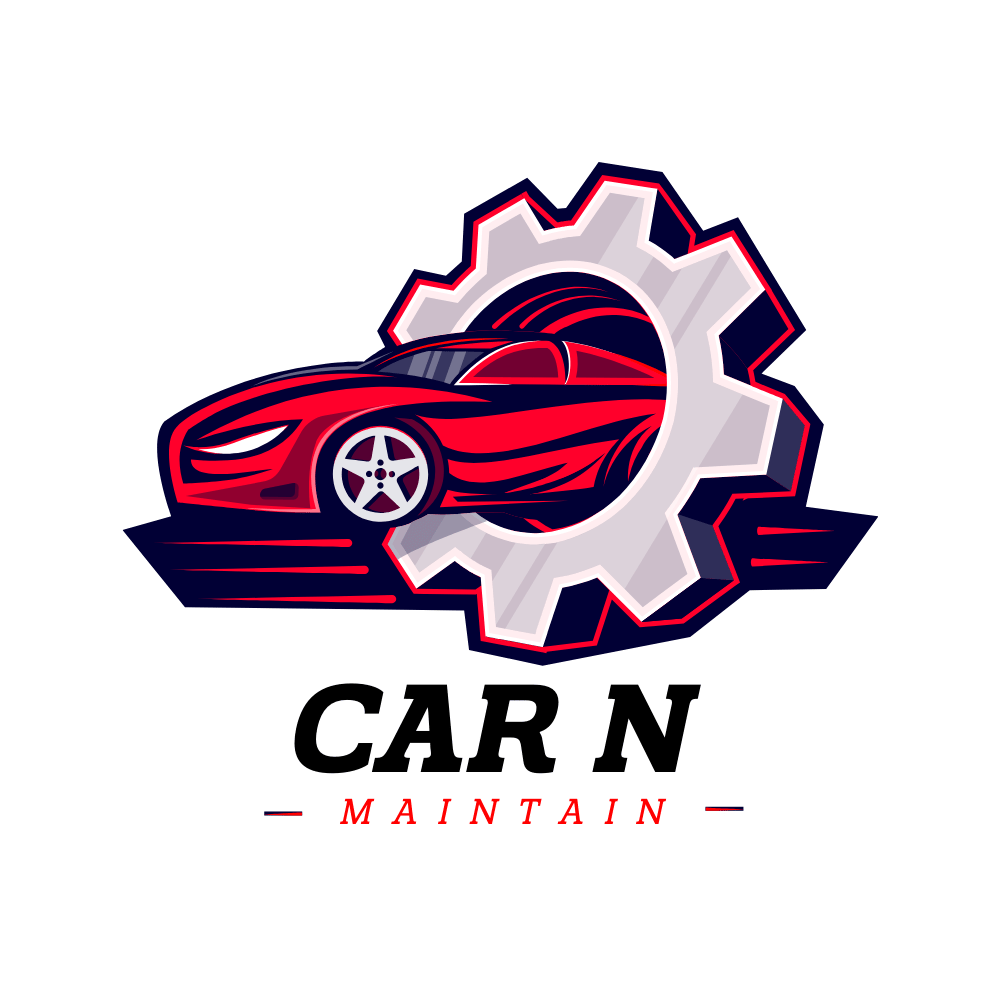

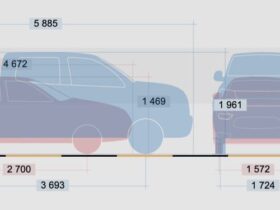

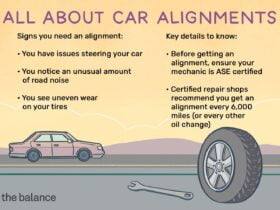
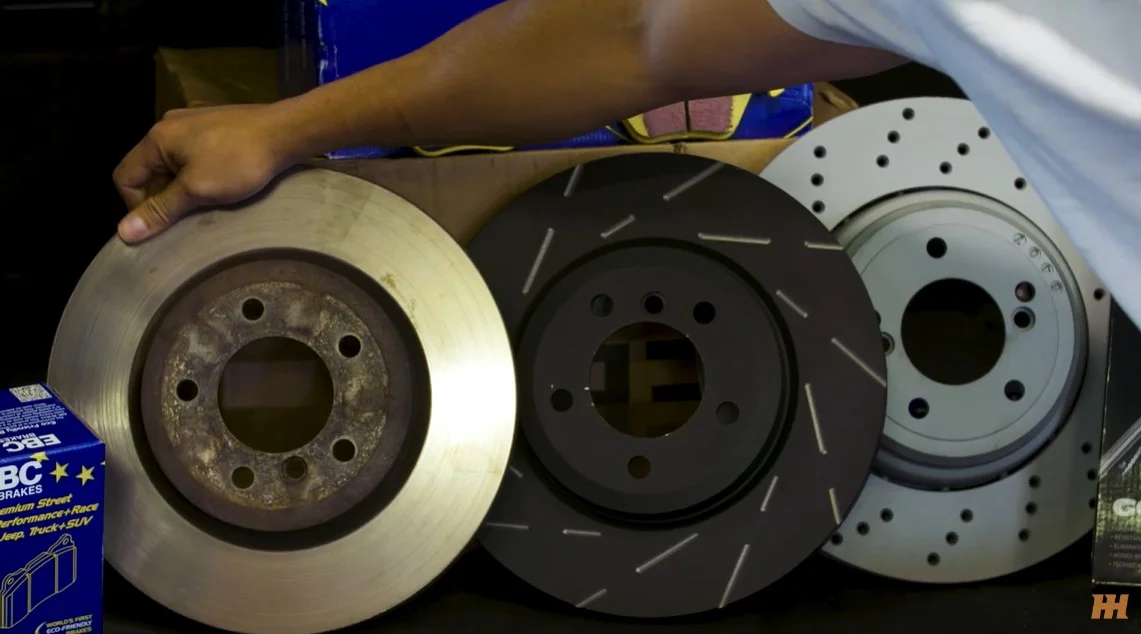
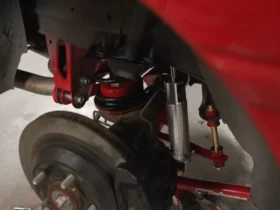
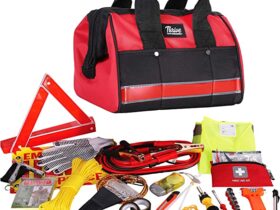

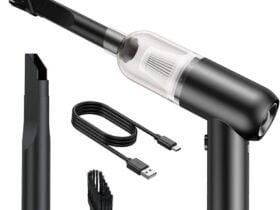
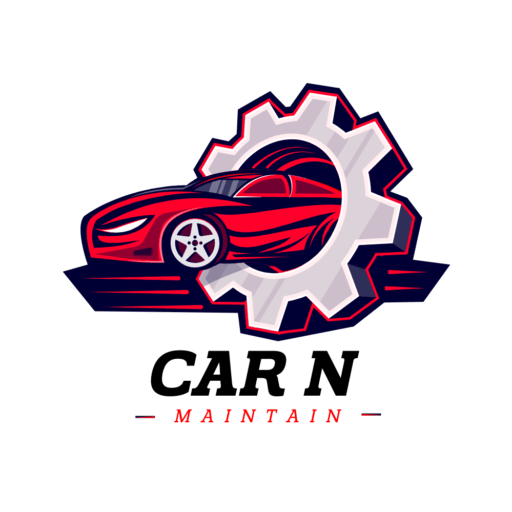
Leave a Reply